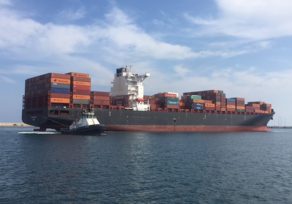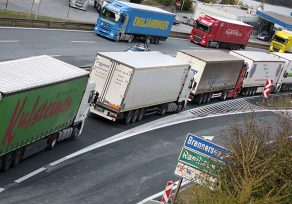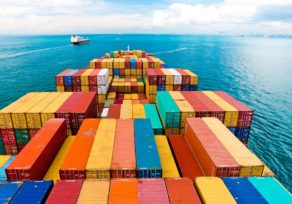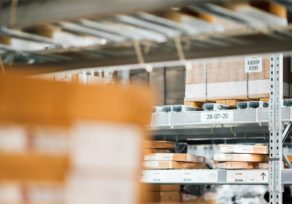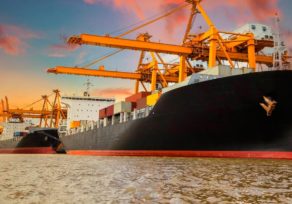What are the main differences between the Bill of Lading and the Sea Waybill?
The Bill of Lading and the Sea Waybill are the two basic documents that guarantee maritime transport, both national and international. In many occasions they generate confusion in their use, however, each one fulfills very specific functions.The Bill of Lading, in addition to serving as a contract of carriage and receipt of goods, has the usefulness of a document of title. For its part, the Sea Waybill is the evidence of the transport contract and [...]
The automation process in the logistics sector
Automation or automatic control in logistics refers to the use of control systems, machinery or software to improve the efficiency of operations. It usually applies to processes that must be performed in a warehouse or distribution center and which result in minimal human intervention.In fact, along a supply chain (procurement, distribution, customer service, reverse logistics...) there are a multitude of processes that could be automated. For [...]
The use of drones in logistics
The drones, a mixture of airplane and unmanned helicopter, started in the military and defence sector -with surveillance functions- and later extended to civilian uses: entertainment, photography, fire extinction... now, little by little, the turn has come to logistics.The drones are capable of making an inventory in a logistics warehouse, transporting goods by air or carrying out security tasks. In the United States, some companies have already [...]
THE IMPORTANCE OF QUALITY IN LOGISTICS
Offering an excellent quality service is what makes the difference from the competition and allows for customer loyalty. According to the data of the last report of XI Logistic Circle Barometer SIL 2020 the quality is the aspect more valued by the companies. It is followed by factors such as flexibility, specialisation, speed, business optimisation and sustainability.In the specific case of logistics companies, quality, more than an added value, [...]
What is platooning?
The platooning is the technology by which two or more trucks circulate on the road in a joint and coordinated manner. Its use and extension in the transport of goods could be a revolution for this sector.This requires a camera, radar and wireless communication between trucks using wifi technology. For the time being, and as this concept is understood today, talking about platooning is not synonymous with autonomous truck.The greatest benefit [...]
THE ISPS CODE IN THE MARITIME SECTOR
The ISPS (International Ship and Port Facilities Security), or International Ship and Port Facility Security Code, is a protocol adopted by the International Maritime Organization, IMO, in 2004 to establish a common framework for cooperation and security to detect threats and take action to prevent them.The main objectives of the ISPS Code are:To establish an international framework that channels cooperation between governments, government [...]
PROTECTIONISM IN GLOBAL TRADE
Protectionism is an economic policy that protects a country's production and jobs by imposing restrictions, limitations or fees on goods or services coming from abroad (imports), making them less competitive with nationals.The action of protectionist measures directly affects the laws of competition, that is, the laws of the market that explain the direct relationship between supply and demand. In recent years, however, and within the framework of [...]
WHAT IS TRACEABILITY IN LOGISTICS?
Traceability refers to the set of procedures and measures aimed at registering and identifying a good from its origin (production site) to its final destination. Traceability seeks to know where and in what condition the product is in the supply chain.Traceability helps to know the components and the origin of the goods, the treatments attributed to the articles or the distribution process that has been followed. This concept includes methods to [...]
Capillarity in logistics
The delivery or capillary transport is the last link in the supply chain. It involves placing the product at the final point, bringing it, in many cases, closer to the centres of consumption: hyper, super, shops... The capillarity implies that, on some occasions, the points of sale that remain open on weekends and holidays -such as kiosks, service stations or railway stations- are taken advantage of so that certain companies can deposit their [...]
ECONOMIES OF SCALE IN THE MARITIME SECTOR, AT RISK?
The COVID-19 crisis will have its effects on the maritime industry and world trade. International organizations have negative forecasts on the impact on foreign trade and consumption that will affect, in the medium and long term, the strategies of large shipping companies with respect to routes, scales and also the size of container ships.It is precisely the increase in the number of large mega ships that has made great strides in recent years. [...]

